PROJECT III
Transition of Sustainable/Stable Cities
Across Japan
| 2.Transition of Sustainable/Stable Cities |
In the same way, we analyzed the WGS-based data for 1995–2020 of the urban areas classified as Sustainable/Stable Cities by our previous analysis of the Tokyo Datum-based data for 1970–2005. The data shows that of the 27 cities, 5 increased and 8 decreased their population during the period, while 14 maintained a stable/sustainable population.
These five cities with a shift to the population growth trend are Takasaki, Yokkaichi, Kurume久留米, Miyazaki宮崎, and Okinawa沖縄.
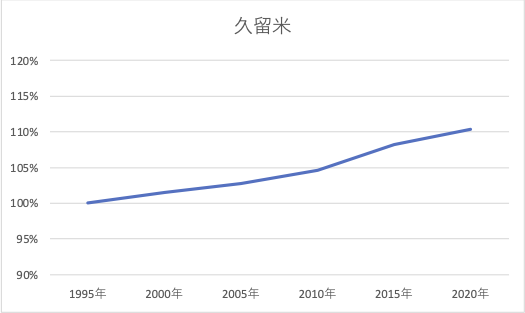
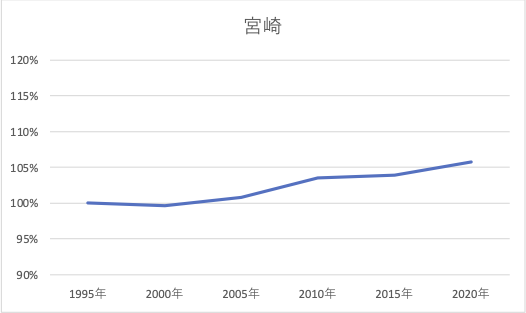
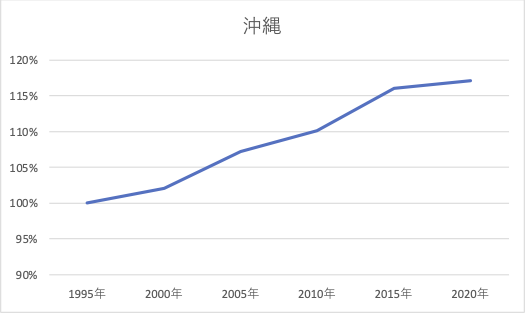
Conversely, the eight cities beginning to depopulate are Yamagata, Niigata, Kochi, Beppu, Kure, Yokosuka, Uji, and Saga.
Yokosuka横須賀, Uji宇治, and Saga佐賀 are described as adjoining metropolitan areas and being in similar locations to urban areas. These areas were once categorized as Expanded Cities but have shown stagnant or starting shrinking populations.
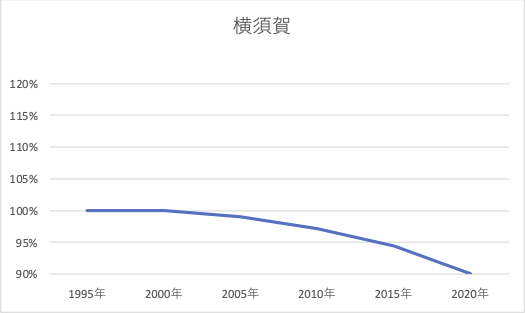
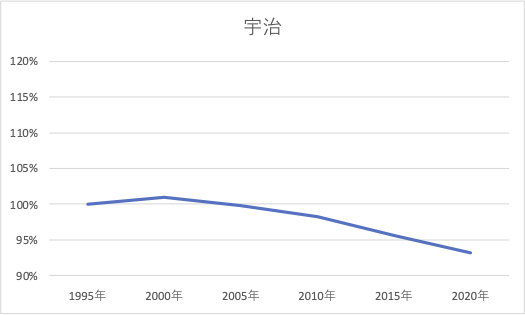
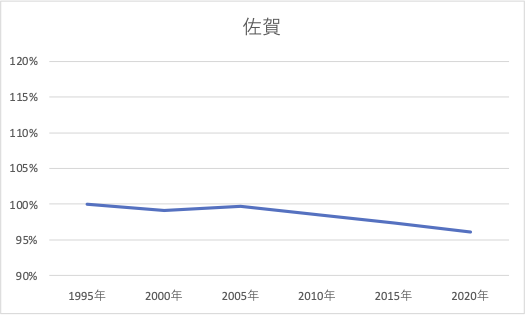
Yamagata山形, Niigata新潟, and Kochi高知 were formerly recognized as regional core cities with stable/sustainable populations; this project has found they are now experiencing difficulty in maintaining their population levels.
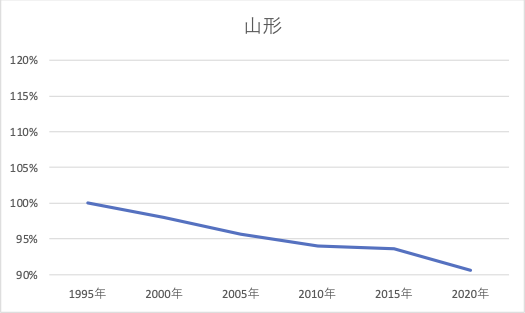
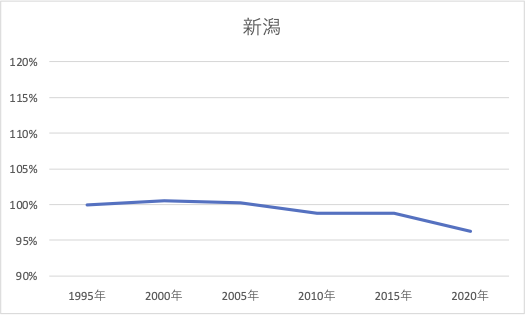
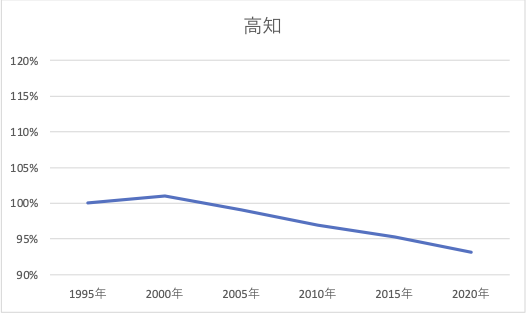
The other 14 urban areas holding their relatively stable populations and remaining in the Sustainable/Stable City category include regional core cities, such as Morioka盛岡, Nagano, Takamatsu高松, Kanazawa, and Kagoshima; the cities in the Tokai region, such as Shizuoka静岡, Hamamatsu, and Toyohashi豊橋; and others such as Kamakura, and Kyoto京都. Here, we include urban areas whose populations are slightly increasing, such as Osaka/Kobe大阪・神戸.
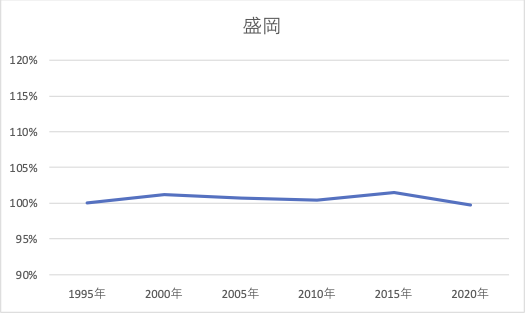
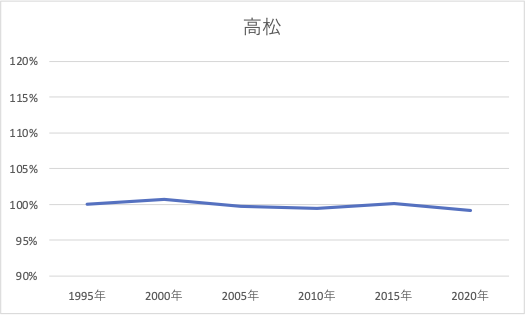
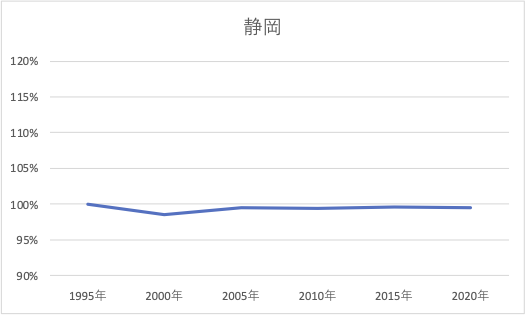
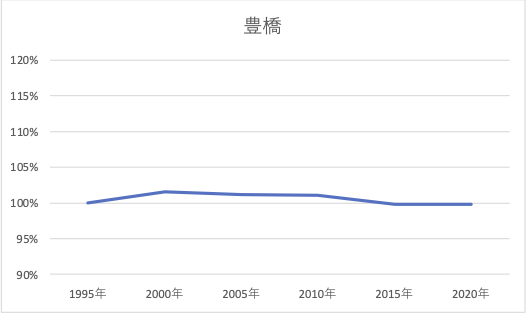
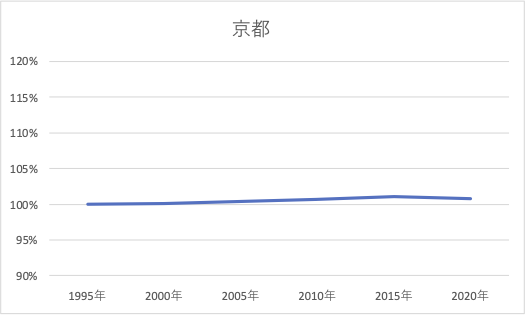
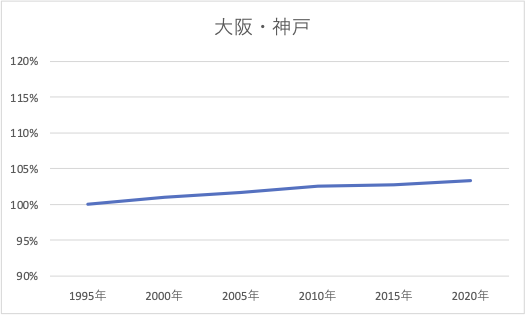
ConTAct us AT
Prof. Kazushi Tamano
2-11 Wakaba Mihama-ku
Chiba-City, Chiba, Japan 261-8586
(The Open University of Japan)
tamano@k.email.ne.jp